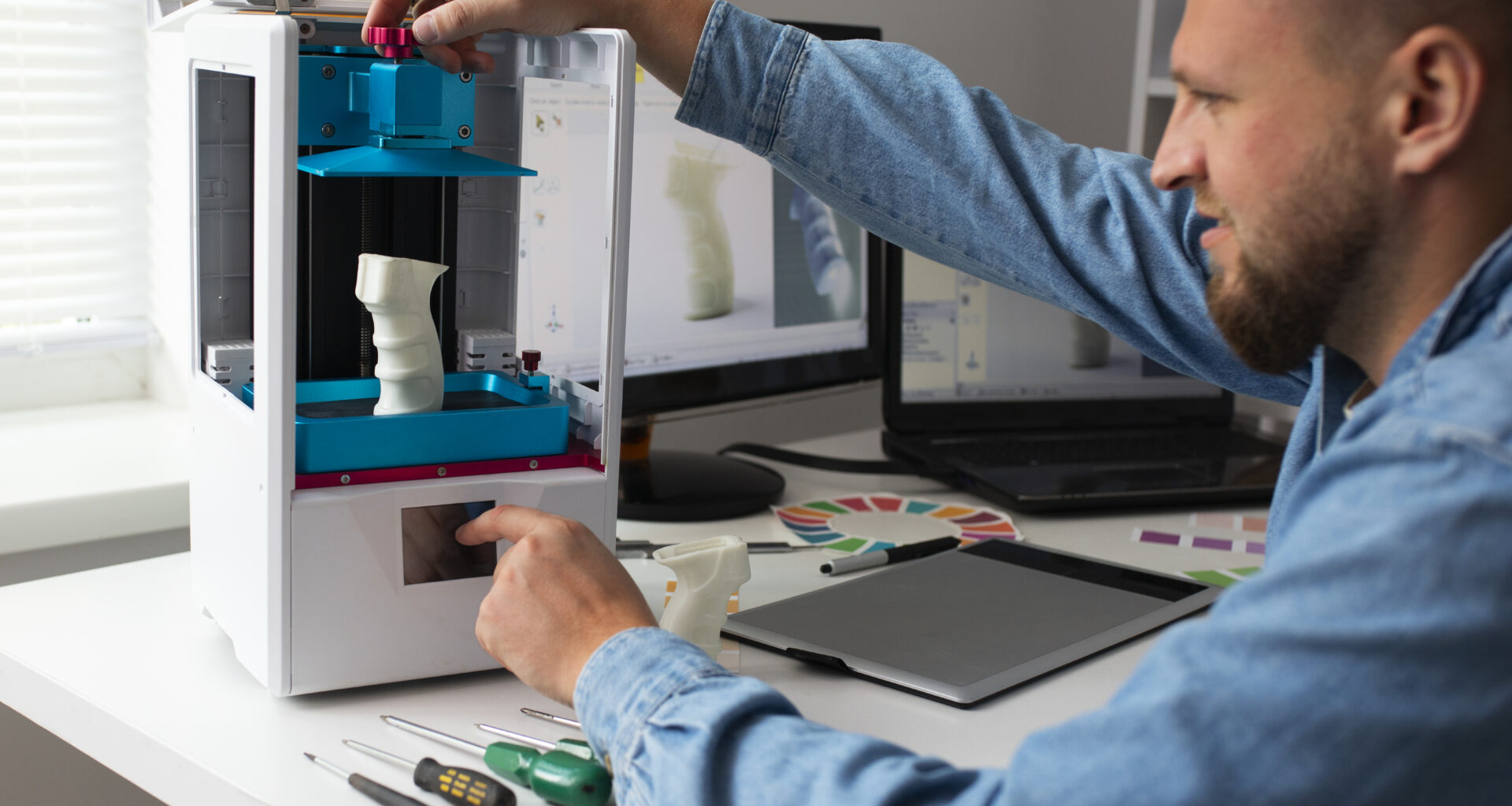The Evolution of Resin Printing Technology
Resin 3D printing, also known as stereolithography (SLA) or Masked Stereolithography (MSLA), has undergone a dramatic transformation in recent years. What was once an industrial-only technology has become accessible to hobbyists and small businesses, while simultaneously pushing the boundaries of what’s possible in high-detail manufacturing.
Understanding Modern Resin Printing Technologies
MSLA (Masked Stereolithography)
Modern consumer resin printers typically use MSLA technology, which employs an LED array and LCD screen to cure entire layers simultaneously. This technology has revolutionized both speed and affordability:
- Faster print times compared to traditional SLA
- More affordable hardware
- Consistent layer exposure
- Higher resolution capabilities
Traditional SLA
The original stereolithography technology still finds use in industrial applications:
- Laser-based curing system
- Larger build volumes
- Greater material flexibility
- Higher initial cost
Recent Technological Breakthroughs
8K Resolution Screens
The latest generation of MSLA printers features 8K resolution screens, offering unprecedented detail:
- Pixel sizes as small as 22 microns
- Razor-sharp edge definition
- Near-invisible layer lines
- Perfect for miniature details
Mono LCD Technology
Monochrome LCD screens have transformed the speed and reliability of resin printing:
- 3-4 times faster than older RGB screens
- Longer screen lifespan
- More consistent exposure
- Better light transmission
Advanced Materials and Applications
Engineering Resins
Modern resin formulations offer incredible versatility:
- High-temperature resistant materials
- Flexible and elastic resins
- Ceramic-filled composites
- Biocompatible dental resins
- Castable jewelry resins
Specialized Applications
The precision of resin printing has opened new possibilities:
- Dental aligners and surgical guides
- High-detail architectural models
- Jewelry prototyping and production
- Scientific visualization models
- Custom action figures and collectibles
Environmental and Safety Considerations
Eco-Friendly Developments
The industry is moving toward more sustainable practices:
- Plant-based resin alternatives
- Lower VOC formulations
- Biodegradable support materials
- Improved resin recyclability
Safety Innovations
Modern resin printers incorporate various safety features:
- Carbon filtration systems
- Enclosed build chambers
- UV-blocking panels
- Automated cleaning systems
Post-Processing Revolution
Automated Cleaning Systems
New washing and curing stations have simplified post-processing:
- Automated wash cycles
- Integrated UV curing
- Temperature-controlled cleaning
- Reduced manual handling
Advanced Curing Technology
Modern UV curing systems offer improved results:
- Controlled temperature environments
- Uniform UV exposure
- Programmable curing cycles
- Better final part strength
Future Developments
Emerging Technologies
The industry continues to evolve with new innovations:
- Direct volumetric printing
- Continuous liquid interface production
- Multi-material resin printing
- AI-optimized support generation
Material Science Advances
Research continues in several promising areas:
- Self-healing resins
- Color-changing materials
- Stronger engineering resins
- Bioactive materials
Industry Impact
Professional Applications
Resin printing has transformed various industries:
- Medical device prototyping
- Custom dental solutions
- High-end product design
- Scientific visualization
- Entertainment industry props
Market Growth
The resin printing sector shows strong growth:
- Expanding material options
- Decreasing hardware costs
- Growing professional adoption
- Increasing consumer accessibility
Practical Considerations
Workflow Optimization
Modern resin printing requires careful attention to:
- Temperature control
- Exposure settings calibration
- Support structure design
- Post-processing procedures
Cost Analysis
Understanding the economic factors:
- Initial printer investment
- Ongoing material costs
- Maintenance requirements
- Post-processing equipment
Conclusion
Resin 3D printing continues to push the boundaries of what’s possible in additive manufacturing. With ongoing advances in resolution, materials, and automation, this technology is becoming increasingly important across numerous industries while becoming more accessible to hobbyists and small businesses.




